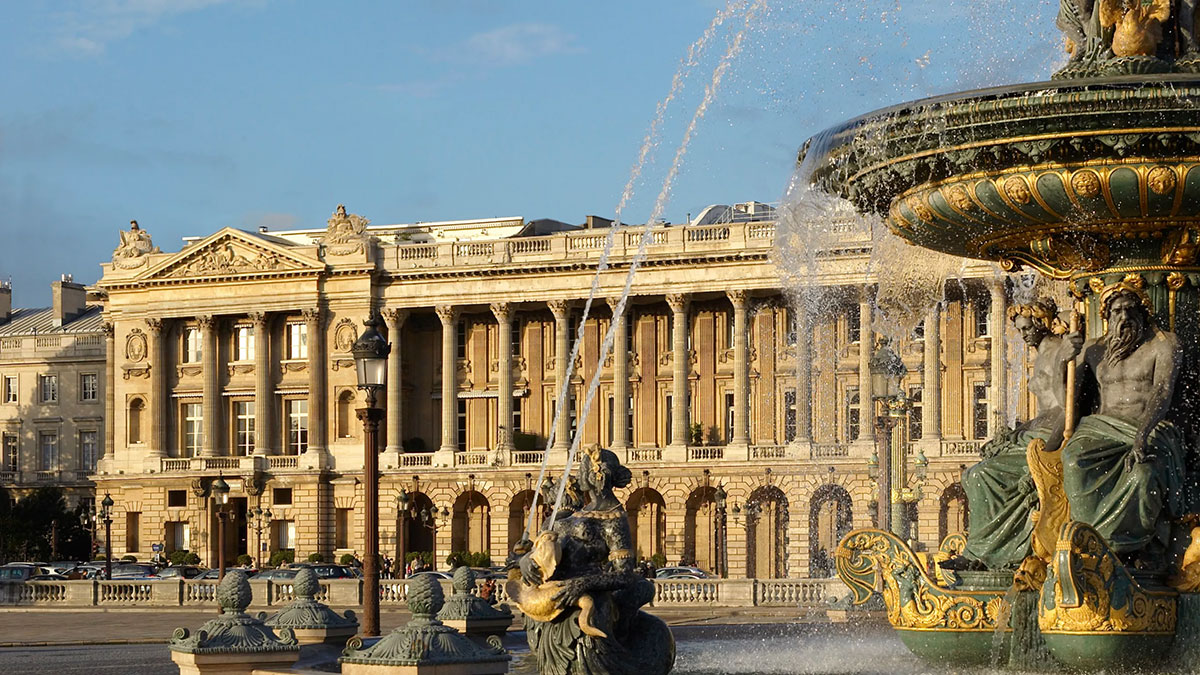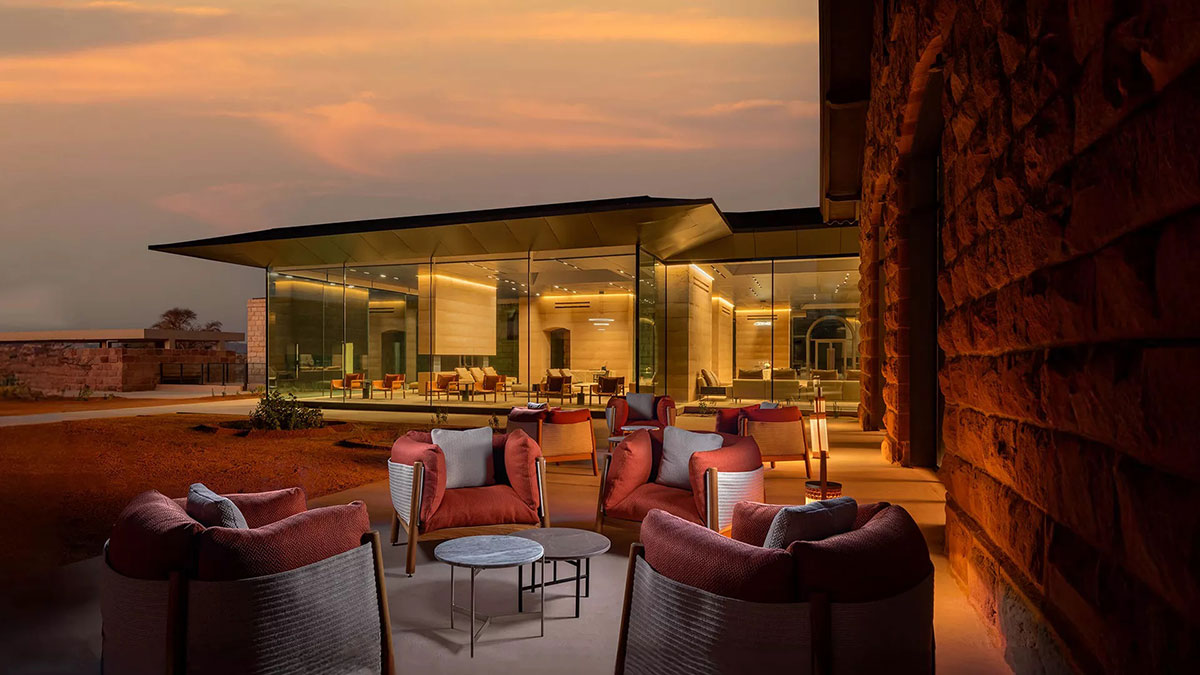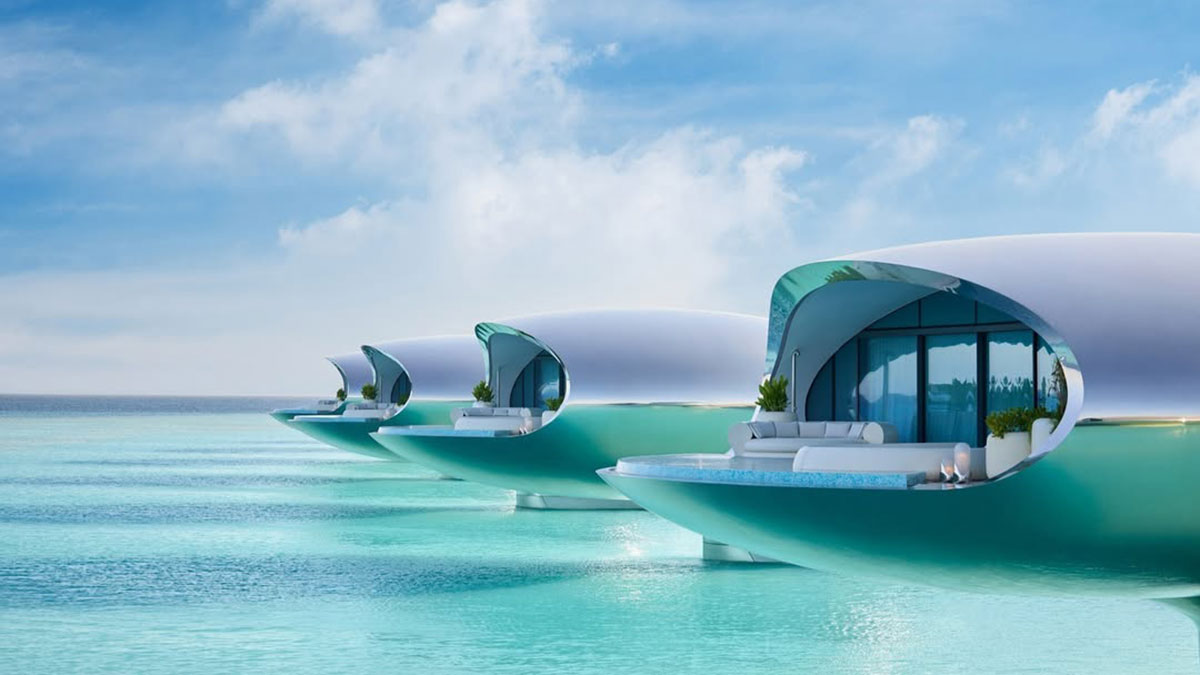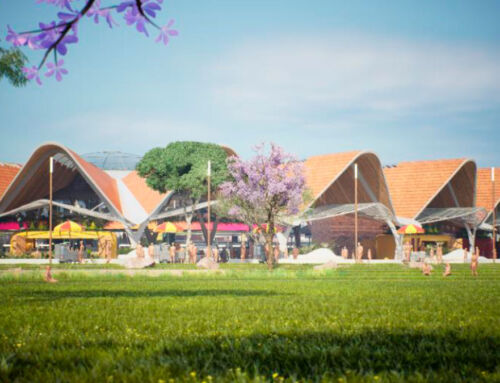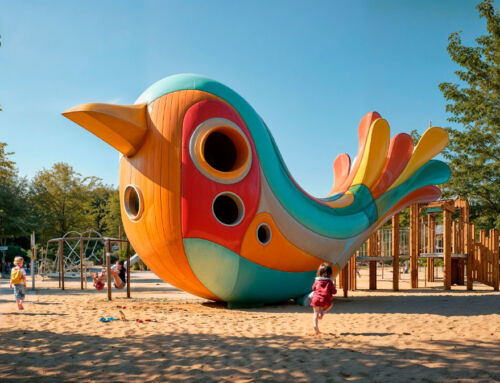Persia’s name still resonated as the largest and most enduring empire since the Muslim caliphs conquered it and eradicated Zoroastrianism (633-715 AD) when Sultan Husayn (1694-1722), one of the last Shas of the Safavid dynasty, ruled. It was precisely in the early years of the 18th century that Sultan Husayn decided to add a new caravanserai to the Silk Road at the request of his mother. Thus was born the building of what is now known as the Abbasi Hotel, in the old quarter of the ancient city of Isfahan, Iran.


Caravanserais were great inns with high walls, a single doorway, an inner courtyard and spacious stables, niches and chambers, providing shelter, water and security for the dusty merchants and travellers who travelled the desert roads, and for their servants and the beasts that transported them and their goods (camels and horses for the most part). In any case, shortly after its construction, Sultan Husayn donated the building of the present-day Abbasi Hotel as a source of income to the Chahar Bagh Madrasa for its support and financing. As a result, the caravanserai remained in use for many years to come and also when the country’s destiny passed into the hands of the Qajar dynasty, which ruled from 1789 to 1925. However, according to chronicles, the imposing caravanserai where the hotel resides today fell into disuse after its decline.

Fortunately, in the exercise of his authority, the then Shah Reza Pahlavi, the first of the new dynasty, appointed the French archaeologist, architect and art historian André Godard as director of the Iranian Archaeological Services in 1928. André Godard, noting the deterioration of the historic building, ordered its restoration and renovation in the 1950s. Finally, in 1966, the caravanserai was officially opened as a hotel.


Today, the Abbasi Hotel no longer welcomes travellers covered in desert dust or beasts of burden, but instead, with its 5 stars, its ornaments, its Persian gardens, its fountains, it welcomes guests and tourists visiting the city. However, the building retains the structure of those traditional and magnificent caravanserais. An “opulent if careworn establishment”, CNN claimed in a 2017 article, “the oldest guesthouse in the world” proclaims the hotel’s website; or “an unrepeatable remnant of Isfahan school architecture and the glorious Safavid era”; or “a building that has been called one of the most beautiful guesthouses in the world, according to domestic and foreign tourists, prominent historians and architects”.


Probably one of the most appreciated aspects of the hotel by locals and foreigners alike is its vast courtyard and the garden criss-crossed with canals and fountains, populated by tall trees, where a light air gravitates by virtue of the abundant “heavenly-scented flowers”. Its interiors are a treasure trove of Persian arts, richly decorated in a manner reminiscent of Safavid and Qajari palaces. Delicate wall paintings and miniatures with arabesques and floral motifs, mirrors, cut stucco and muqarnas arches, gleaming stained glass, latticed doors and windows…


The hotel has 225 rooms, suites and flats, four restaurants and a traditional Persian tea room, as well as conference and event rooms. Finally, it has been selected by the Iranian government to apply for inscription as a UNESCO World Heritage Site.


Sources: Abbasi Hotel, ToIran, CNN, Wikipedia. Images: Abbasi Hotel.




